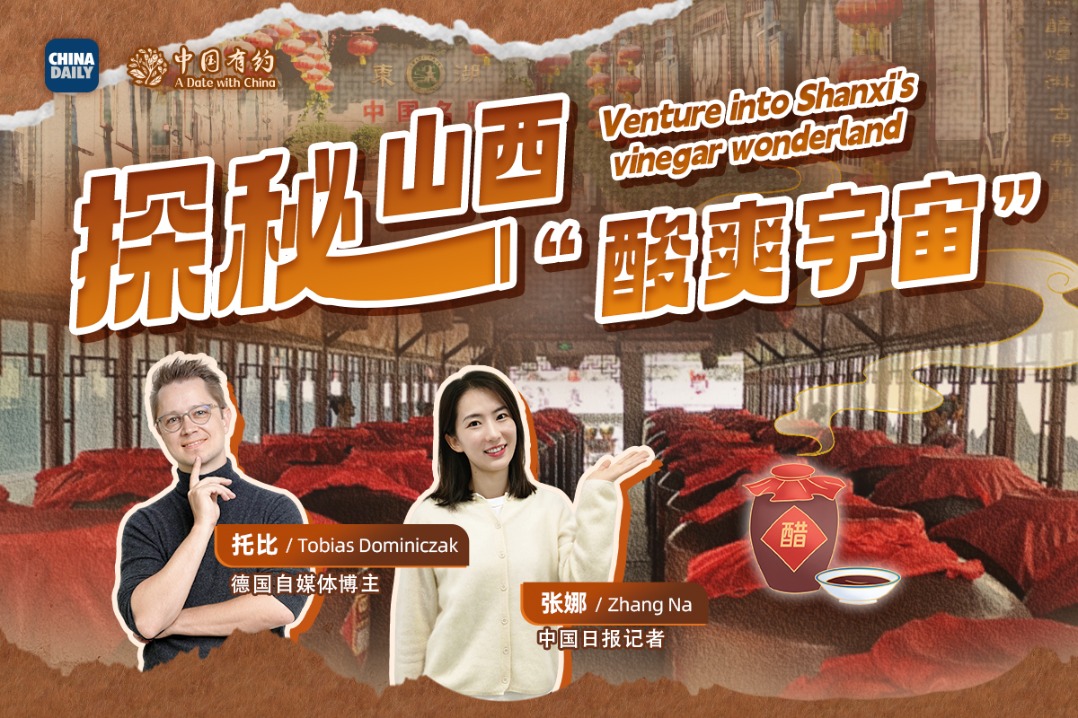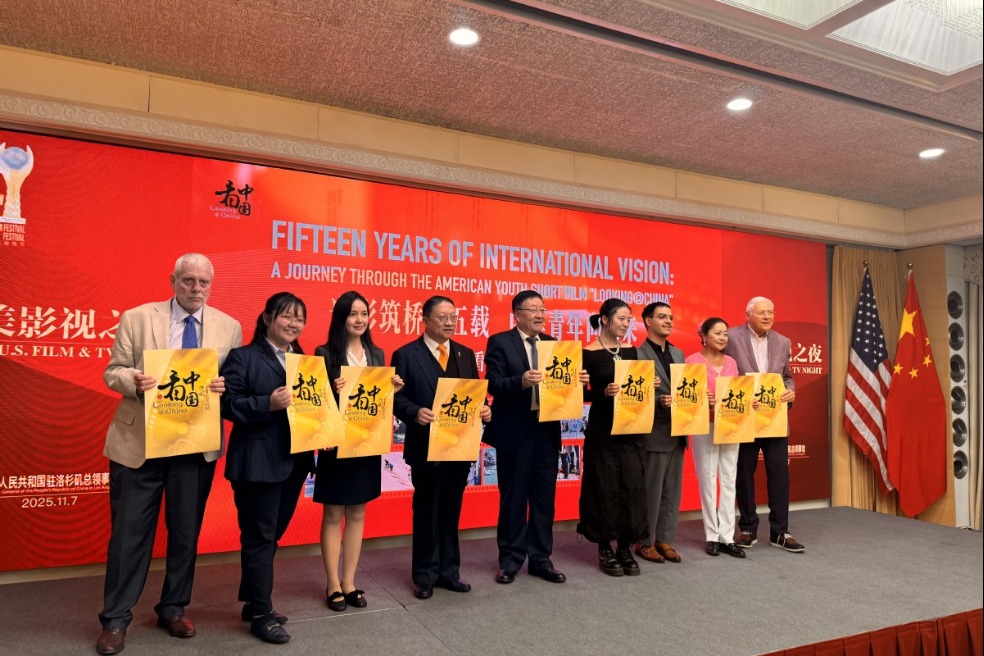Tianjin restores glory of Xiaozhan Rice brand
By YANG CHENG in Tianjin | China Daily | Updated: 2024-07-13 08:10

Beside Baiwan Road in Jinnan district, Tianjin, the Xiaozhan Rice fields, the birthplace of the century-old rice variety, farmers are confident with their transplanting efforts in the hot summer.
Li Shuzeng, a well-known local grain grower, expects the expanded fields to produce a bumper harvest this year.
Xiaozhan Rice is named after the Xiaozhan area in Tianjin, once a symbol of the city's agricultural products.
Li has been growing rice for more than 30 years, and he is dedicated to enhancing the brand and producing the most delicious varieties for export.
"High-quality Xiaozhan Rice, when steamed, is sticky, fragrant and sweet, making every dish delightful. However, good seeds and a favorable environment are necessary," he said.
In the 1990s, due to water scarcity and environmental pollution caused by small workshops and enterprises, Xiaozhan Rice gradually faded from the public eye as a result of a decline in quality.
Since 2018, Tianjin has launched the Xiaozhan Rice Revitalization Campaign to promote the development of Tianjin's grain industry through the revival of Xiaozhan Rice.
Currently, the planting area of Xiaozhan Rice in Tianjin has reached 66,667 hectares. Tianjin also launched the construction of a green ecological barrier, building a 736-square-kilometer belt between the main urban area and the Binhai New Area.
"Leveraging the advantages of the ecological barrier, the district vigorously expanded the planting of Xiaozhan Rice, which complemented the development of the green ecological barrier," said Li Xueying, Party secretary and director of the agriculture and rural affairs committee of Jinnan district.
In Dasunzhuang village in the district, over 533 hectares of rice fields are interconnected, closely integrated with the green ecological barrier.
In the clear water of the fields, fish and shrimp can be seen swimming, and even wild ducks and snails have returned.
"We started scheduling fish, shrimp and crab seedlings for release in July. This not only promotes the ecological planting of Xiaozhan Rice but also increases income," Li Shuzeng said.
His passion for Xiaozhan Rice has also influenced his daughter and son. Today, the family has established a high-quality rice processing plant and achieved an annual family income of over 300,000 yuan ($41,300) through sales on e-commerce platforms.
The synergistic relationship between the ecological barrier and Xiaozhan Rice has boosted a broader agricultural planting chain.
Wang Shengjun, director of the Crop Research Institute of Tianjin Academy of Agriculture Sciences, said the rich resources in the forests of the ecological barrier — providing habitats for poultry, Chinese medicinal materials and fungi — have enormous development potential.
In Shuangheqiao town, Ren Yue said that the chickens he raised are good at foraging, have tender meat, strong disease resistance and strong market demand, and thus can fetch high prices.
"By introducing deep processing enterprises, the agricultural planting chain can be extended, products can be value-added, and residents' dining tables can be enriched," Wang said.
























